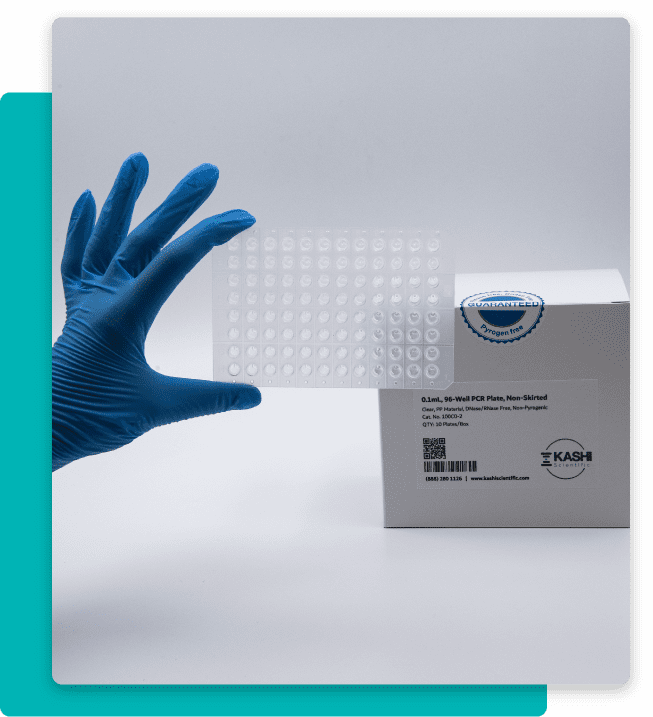PCR Plates
What are PCR Plates and PCR Tubes?
PCR plates contain wells that hold the reaction mixture, while PCR tubes can be used if a thermal cycler with a tube holder is available. Tubes are less expensive, but plates offer some advantages, such as the ability to see the color of the reaction mixture and to monitor the PCR process by running gels. Plates also allow for greater flexibility in design, such as the use of different primers in each well.
Most PCR plates and PCR tubes are made of polypropylene material. Polypropylene is a strong, durable plastic that can withstand high temperatures. It is also transparent, which makes it ideal for observing PCR reactions. A PCR reaction is a process that amplifies a specific section of DNA. This is done by using enzymes to copy the DNA strands, and then adding nucleotides to the mixture. The result is many copies of the original DNA sequence.


